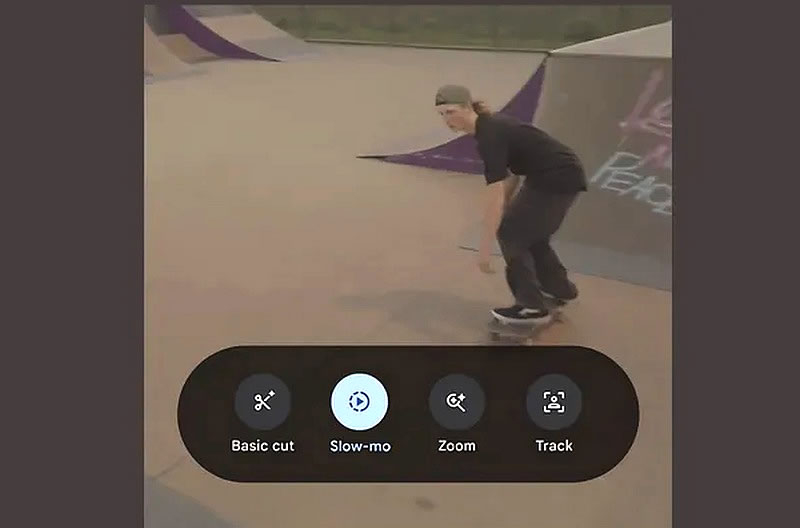The Google Photo application will begin to use Synthid digital watermarks for photographs edited using generative artificial intelligence (AI). According to Google, the new function is designed to facilitate identification of images that were changed using the Reimagine tool in the Magic Editor.

Image source: Google
Magic Editor allows you to easily edit photos through text queries by adding or deleting various details. Although the tools themselves do not pose a threat, Magic Editor can create unlawful compilations, for example, broken helicopters, scenes of accidents, and without obvious marks indicating that the image was changed.
Water signs are designed to solve this problem. However, Synthid visually does not change the image and to understand that it was edited by AI, you will have to additionally use the function of checking “On the image”. Moreover, Google admits that some small changes made through the Magic Editor can be so insignificant that Synthid will not be able to identify these changes and apply the marking.
Experts note that although watermarks can help identify compilations, this technology is not enough for a large -scale verification of content created by neuralities. For reliability, you will need to use a whole range of approaches and software.
Note that the system of watermarks is used in the Google Imagen AI neural network, which generates text -based images. Similar tools were developed by other companies, for example, the Adobe Content Credentials function protects from unauthorized access to metadata and allows the authors to add information about themselves.
Synthid technology was designed by the DeepMind command and is a digital methag, built into images, video, audio or text. This tag allows you to identify whether the files were created or changed using AI.